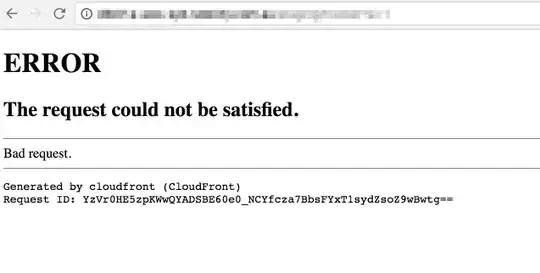As the title suggest, I have an AWS API Gateway endpoint that I want to put behind HAProxy.
This is my current HAProxy configuration
defaults
mode http
log global
option httplog
option dontlognull
option http-server-close
option forwardfor except 127.0.0.0/8
option redispatch
retries 3
timeout http-request 10s
timeout queue 1m
timeout connect 10s
timeout client 1m
timeout server 1m
timeout http-keep-alive 10s
timeout check 10s
maxconn 3000
listen http
bind 127.0.0.1:8080
maxconn 18000
acl api_gateway path_beg /api-gateway
use_backend api-gateway-backend if api-gateway
backend api-gateway-backend
http-request set-header Host xxxxx.execute-api.ap-southeast-2.amazonaws.com
server api-gateway xxxxx.execute-api.ap-southeast-2.amazonaws.com:443
When I hit the /api-gateway endpoint on my HAProxy, I get 400 Bad Request. See below:
I tried to change the backend to use this server api-gateway xxxxx.execute-api.ap-southeast-2.amazonaws.com:443 ssl verify none but I got 503 Service Unavailable instead.
I think this could be related to SSL SNI configuration that I need to enable on HAProxy, see this forum post https://forums.aws.amazon.com/thread.jspa?threadID=240197
